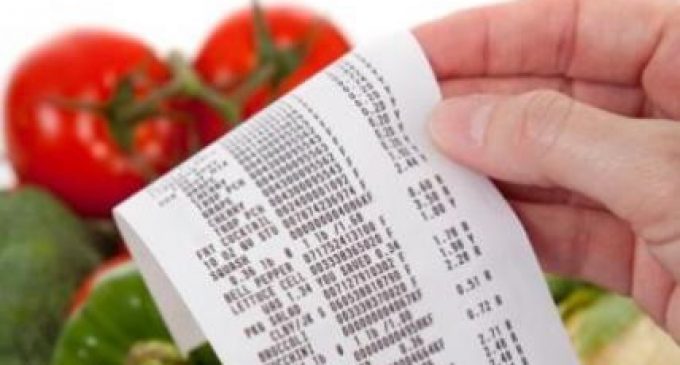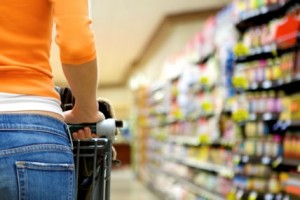UK Grocery Inflation Stabilises a Year on From Brexit Referendum

The latest grocery market share figures from Kantar Worldpanel, for the 12 weeks ending 16 July 2017, show market growth has exceeded 3% for the fourth consecutive period – the first time since November 2013. Supermarket sales increased by 3.9% compared to the same period last year.
Fraser McKevitt, head of retail and consumer insight at Kantar Worldpanel, explains: “Robust market growth this year has been boosted by higher grocery inflation, but consumers will be pleased to hear that price rises are no longer accelerating. Like-for-like inflation now stands at 3.2%, the same rate of increase as this time last month. One year on from the EU referendum – which had a marked impact on the price of imported groceries – hard-pressed shoppers could soon start to feel upward pricing pressures ease.”
He elaborates: “June’s hot spell was good news for UK grocers, with sales particularly buoyant around the hottest June day for 40 years. Ice cream sales were up 34% in June alone, while sales of suncare products increased by 40% year on year as Brits enjoyed the unexpected sunshine. Over the 12 week period, celebratory shoppers spent an additional £158 million on alcohol. Fruit and vegetable sales also spiked – up 7% – as shoppers parted with an extra £170 million to help offset the summer indulgence.”
The success story continues for own label, with sales up 6.7% year on year: supermarkets’ own brand lines now account for just over 51% of spending – a record high. Fraser McKevitt continues: “While private label’s strong performance is partly down to consumers’ undying love for a bargain, it’s actually the pricier premium own label lines which are leading the way: up 13.9% compared with this time last year. In contrast brands are seeing considerably slower growth, up by just 0.9% year on year.”
 Lidl was once again Britain’s fastest growing supermarket, increasing sales by 19.4% – its strongest growth since October 2014. Its market share has in turn risen to a record high of 5.1%. Close behind, Aldi’s sales grew by 17.9%, increasing its share of the market by 0.8 percentage points to 7.0%.
Lidl was once again Britain’s fastest growing supermarket, increasing sales by 19.4% – its strongest growth since October 2014. Its market share has in turn risen to a record high of 5.1%. Close behind, Aldi’s sales grew by 17.9%, increasing its share of the market by 0.8 percentage points to 7.0%.
Elsewhere competition was tight as Tesco, Sainsbury’s and Morrisons saw sales increases of 2.3%, 2.2% and 2.1% respectively. The fastest-growing of the big four retailers, Tesco continued to perform well in its larger stores and also saw momentum buoyed by a particularly strong performance online. Fraser McKevitt comments: “Tesco clearly sees its online business as a crucial component of its ongoing recovery, evidenced by its move into nationwide same day grocery delivery ahead of the competition. It remains to be seen if this investment will pay off – while it has the largest share of online sales Tesco overall is still losing market share, down 0.5 percentage points to 27.8% over the past 12 weeks.
He comments: “Sainsbury’s benefited similarly from strong online custom, while its smaller Local convenience stores also contributed to the retailer’s 2.2% sales increase. After leading the move towards fewer multi-buy promotions in 2016, Sainsbury’s is now aiming to further simplify its pricing by reducing price cut deals. This approach means that only 36% of the grocer’s products are currently sold on promotion, compared to an average of 42% across its big four rivals.”
Meanwhile Morrisons saw sales up 2.1% year on year, with the success of its ‘The Best’ range helping to increase premium own label sales by 13%. Growing for the fourth consecutive period, Asda attracted an additional 398,000 new shoppers to increase sales by 1.0% year on year. The retailer’s ‘Farm Stores’ meat and produce lines, which launched in April 2017, are now finding their way into just over a quarter of Asda’s baskets, generating sales of over £58 million.
Iceland’s market share remained static year on year at 2.1%, with sales increasing by 5.7%, while Waitrose and Co-op saw sales growth of 2.8% and 0.4% respectively. Online specialist Ocado grew sales by 11.7%, holding its overall market share stable at 1.3%.

































